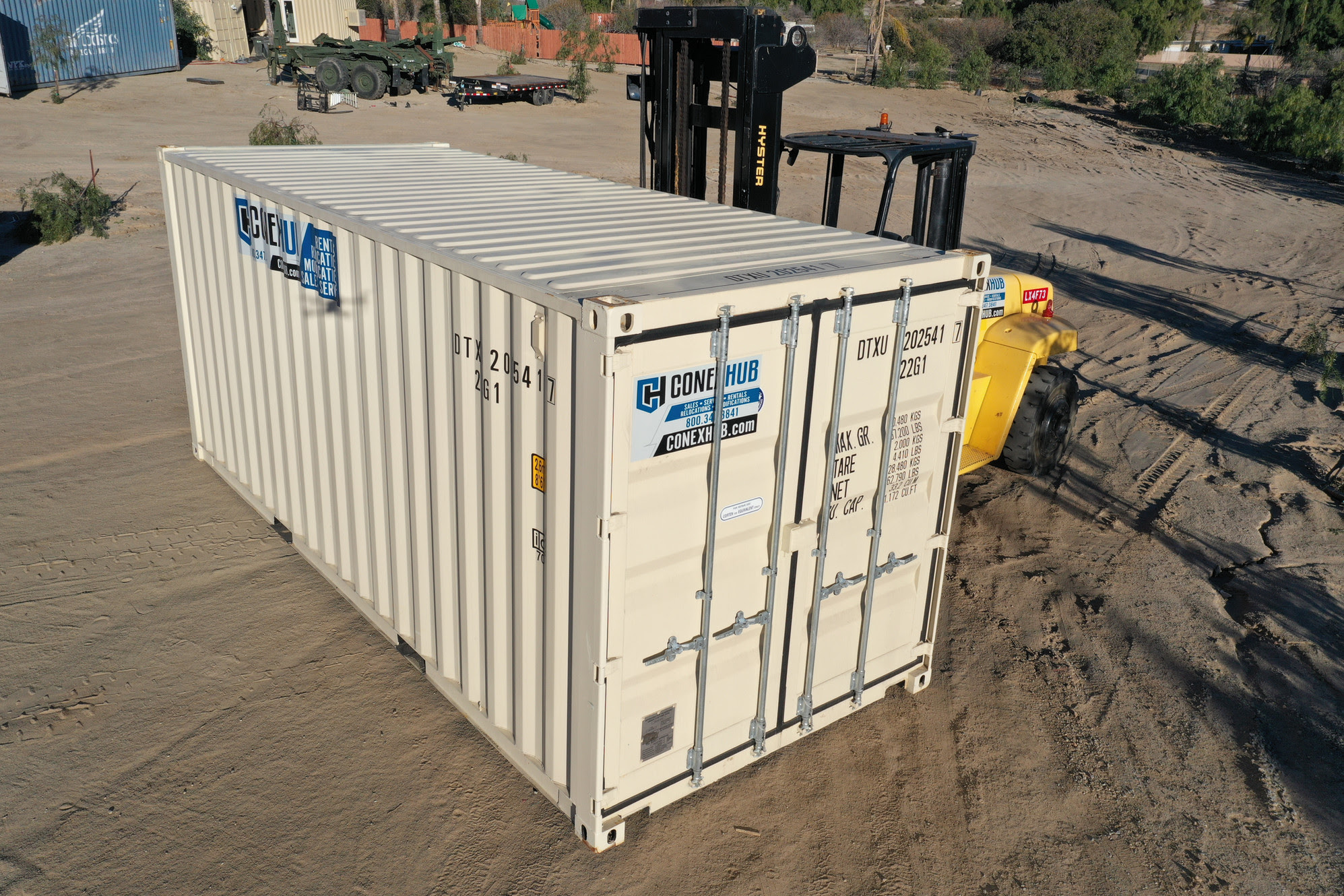The popularity of Carifex LED headlights stems from their brighter, crisper white beams that heighten nighttime visibility over traditional yellow halogen lights. Their sleek styling also amplifies a modern look to your car.
However, as with any vehicle modification, proper installation is key to ensuring safe and effective performance. This blog will provide an overview of Carifex LED headlights, along with guidance on required modifications and essential considerations for a successful installation.
Understanding Carifex LED Headlights
What Are Carifex LED Headlights?
Carifex LED headlights are an innovative automotive lighting upgrade utilizing LED bulb technology. They replace standard halogen or HID factory headlights with energy-efficient LEDs that emit a brighter, cleaner white beam with stylish signature daytime running lights.
Carifex custom designs plug-and-play LED bulbs and adaptive headlight systems to simplify installation into existing headlight housings across vehicle makes and models. Key features that drivers appreciate include crisper forward visibility up to 40% farther on the road, and sleek aesthetics from their modern, optimized designs. Carifex stands behind its advanced LED headlights with a 3-year replacement warranty for peace of mind.
Do Carifex LED Headlights Need Adjustment?
It is important to properly adjust Carifex LED headlights to maximize visibility and avoid blinding other drivers. Though LED bulbs themselves are designed to produce a clearer beam pattern, the headlight housing and orientation still need to be calibrated.
Unlike old halogen lights that disperse light everywhere, modern LED headlights have a very focused and intense beam that needs careful directing. If the vertical alignment is too high, the LED light can shine into the eyes of oncoming traffic. And if the lights are aimed too far to the right or left, visibility will suffer and create dangerous dark spots.
That’s why most vehicle manufacturers provide vertical and horizontal adjustment screws on headlight housings. For Carifex LED conversions, the installation manual provides step-by-step guidance on how to situate the beam cutoff and brightest part of the beam. This process is not complicated and easily done by any professional.
Getting the adjustments right is crucial for maximizing road safety while avoiding blinding other drivers, which makes properly calibrated LED headlights well worth the extra effort. So yes, some adjustment is required, but it should be simple if done methodically.
How to Adjust Carifex LED Headlights?
Follow the below step by step guide to adjust Carifex LED headlights:
Step 1) Park your vehicle about 25 feet away from a wall or garage door on a flat, level surface. Make sure the front of the vehicle is perpendicular to the wall. This will allow you to see the headlight beam pattern on the wall.
Step 2) Turn on the low beam headlights. Cover one headlight while adjusting the other so you can focus on each light individually. Start with the driver’s side light.
Step 3) Locate the vertical and horizontal adjustment screws on the back of the headlight housing. They require a Phillips screwdriver to adjust.
Step 4) Adjust the vertical aim by turning the vertical adjustment screw either up or down until the horizontal cutoff of the headlight beam is slightly below the horizontal centerline of the headlight on the wall. Typically 2 inches below is ideal.
Step 5) Adjust the horizontal aim by turning the horizontal adjustment screw either left or right. The brightest part of the beam should be centered on the vertical line on the wall that extends straight forward from the headlight.
Step 6) Repeat Steps 4 and 5 for the passenger side headlight. Check that both headlights match in vertical and horizontal aim.
Step 7) Do a final check by standing 25 feet back from the wall and observing the beam pattern. It should have a clear horizontal cutoff with no glare or hot spots visible.
Take your vehicle for a test drive with the new settings and make small adjustments as needed. Properly adjusted LED headlights greatly improve visibility and safety while avoiding blinding other drivers. Check your owner’s manual if you need any additional guidance.
Performance, Lifespan and Maintenance
With cutting-edge LED technology, Carifex headlights shine brighter light while using less energy. Generating intense 6,000K white beams at 800 lumens each, two headlights produce a combined light output equal to approximately 200% of standard halogen bulbs. The adjustable 40W flood beam pattern also allows custom aiming without dark spots or patches. Significantly slimmer than stock headlight models, these LED lights take up less space without compromising visibility.
Properly installed Carifex LEDs also gain points for longevity, lasting over 22 years based on average driving habits. Avoiding vibration helps sustain alignment and extend operational lifespans even longer.
While largely maintenance-free due to a lack of filaments and glass bulbs, occasionally cleaning the headlights helps sustain maximum light output.
Upgrading Carifex LED Headlights for Different Driving Conditions
While versatile out of the box, Carifex LED headlights also allow customization to better suit unique driving environments and owner preferences. Whether tackling tough terrain or dealing with foggy backroads, upgrades amplify visibility.
Adapting for Off-Road Use Protecting headlights takes priority when going off-road. Fitting Carifex LED housings with stone guards deflects debris that could otherwise fracture lenses or housings. Likewise, utilizing splash guards minimizes exposure to wheel spray, preventing moisture corrosion.
Considerations for Inclement Weather Driving in consistently wet, foggy, or icy conditions may influence certain LED customizations as well. Opting for a lower color temperature like 3000K amber LED bulbs increases contrast for spotting painted lines or road edges when visibility diminishes. This pairs well with the primary 6000K white LEDs to balance aesthetics and performance.
Urban Use and Street Legality Regulations regarding appropriate headlight output for public roads help prevent blinding other drivers with overly bright or improperly angled beams. Owners must ensure legal 6000-6500K color temperatures, proper beam cutoff alignment, and avoiding illegal halo light cosmetic additions in most areas before urban driving. Knowing these specifics prevents violations and accidents.
To Conclude
Carifex LED headlights mark a significant upgrade over traditional lighting. However, ensuring flawless performance requires assessing voltage range compatibility and the potential need for mounting or wiring modifications during installation. While these LED lights work safely and effectively when operating parameters align with the vehicle’s electrical system, limited headlight space remains a challenge in some models. Carefully reviewing specifications and modification requirements before purchase allows drivers to illuminate the road ahead with confidence.







